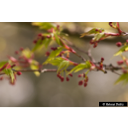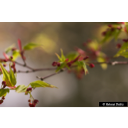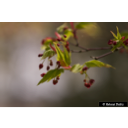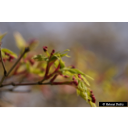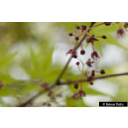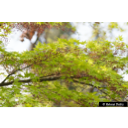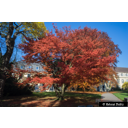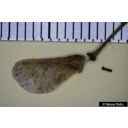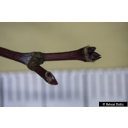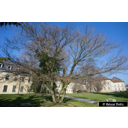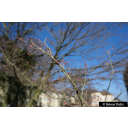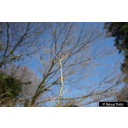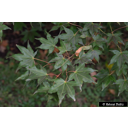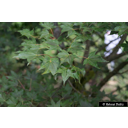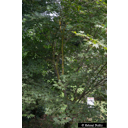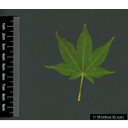Useful information about the taxon (species, subspecies, variety...)
Acer palmatum Thunb. 1784
Sapindaceae
(APG IV)Japanese maple, palmate maple
Akzessionnummer: EG-P-027-20394
Pflanzjahr: 2011
Patenschaftstext: Zur Erinnerung an Ingrid Zimmermann
Taxon concept: The Plant List (2014), version 1.1
Distribution: Japan, China, Korea, Taiwan
Acer palmatum Thunb. - Accepted: Acer palmatum Thunb. bei The Plant List (2010); Familie: Sapindaceae (APG III)Acer palmatum Thunb. - Accepted: Acer palmatum Thunb. bei Zander 2008; Familie: Aceraceae (Zander 2008)Acer palmatum Thunb. - Accepted: Acer palmatum Thunb. bei The Plant List (2014), version 1.1; Familie: Sapindaceae (APG III)Acer palmatum Thunb. - Accepted: Acer palmatum Thunb. bei The Plant List (2010); Familie: Sapindaceae (APG IV)
- Color of flower
- red bloom colour
- Flowers
- monoecious
- Flower ecology
- wind-pollinated (anemophilous)
- Life form
- tree or shrub
- Foliage persistence
- deciduous
- Fruits
- samara
- Fruit ecology
- wind-dispersed (anemochorous)
- Natural occurrence (habitat)
- forests, thickets, valleys
- Vegetation typ and synecology (plant community)
- temperate, mesophytic broad-leaved deciduous and mixed forests
- Constraints according radiation (light)
- shade tolerant
- Usage
- ornamental tree; timber used for the production of a variety of household goods and furniture; sugary sap can be used as a drink or concentrated to syrup which is used as a sweetener on many foods
- Bark
- smooth, greenish grey or light brown
Bundesamt für Naturschutz (BfN) (1999-2001 and ongoing): Floraweb - Daten und Informationen zu Wildpflanzen und zur Vegetation Deutschlands. www.floraweb.de.; Erhardt, W., Götz, E., Bödeker, N. & Seybold, S. (2008): Der große Zander. Enzyklopädie der Pflanzennamen. Band 2. Arten und Sorten. Eugen Ulmer KG, Stuttgart (Hohenheim), 18. Aufl., 2103 S.; Jäger, E. J. et al. (2007): Rothmaler - Exkursionsflora von Deutschland. Band 5: Krautige Zier- und Nutzpflanzen. Spektrum Akademischer Verlag, Aufl. 31.10.2007: 880.; Oberdorfer, E. (2001): Pflanzensoziologische Exkursionsflora. Für Deutschland und angrenzende Gebiete. Eugen Ulmer Verlag, Stuttgart, 8., stark überarb. u. erg. Aufl, 1056 S. 978-3-8001-3131-0.;
Diese Webseite verwendet Google Maps, um Karten und Standorte von Pflanzen in den Hohenheimer Gärten anzuzeigen. Dadurch werden unter Umständen Daten an Google weitergeleitet, was mit einer Verarbeitung Ihrer personenbezogenen Daten verbunden sein kann. Die Datenschutzerklärung von Google finden Sie hier: Datenschutzerklärung von Google


